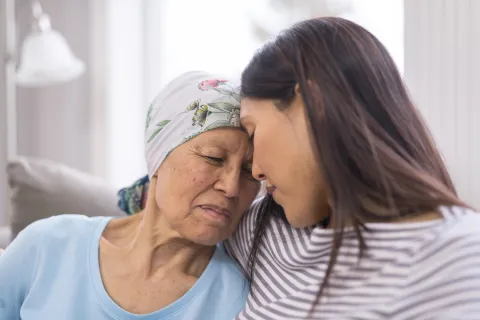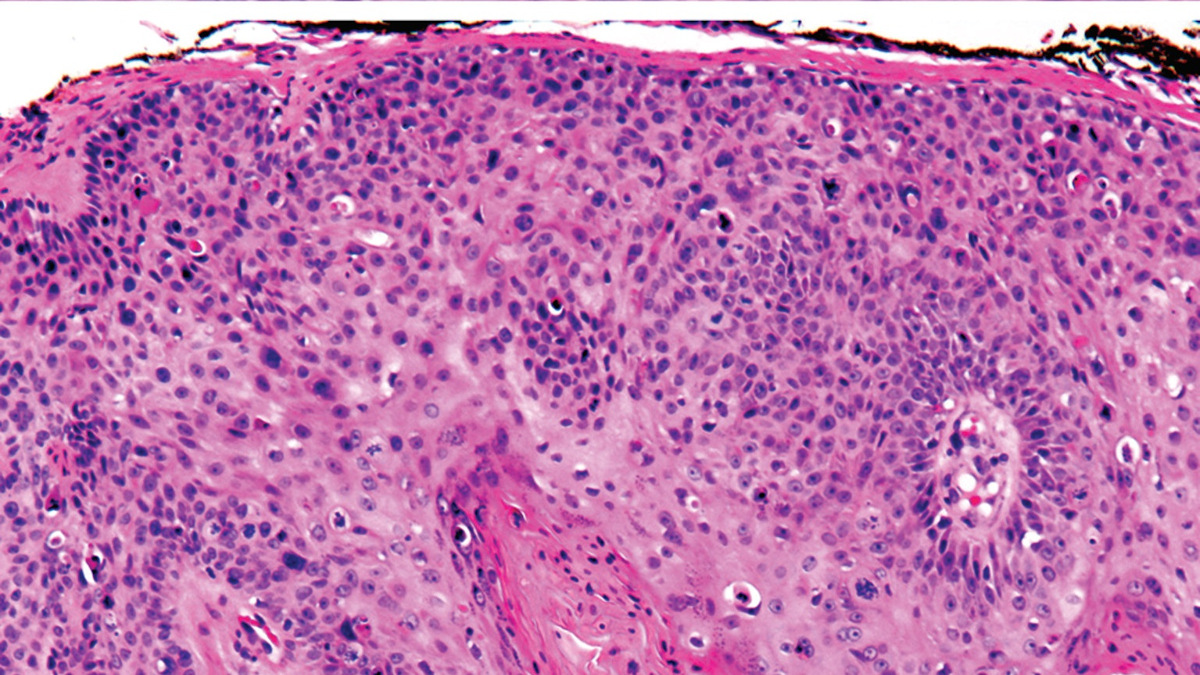A modern, humane healthcare system should honor a person’s values not only in how they live with serious illness, but in how they die. Medical aid in dying (MAID)—the option for a terminally ill, mentally capable adult to request and self-administer medication to end life peacefully—does precisely that. It isn’t a substitute for hospice or palliative care; in practice, it sits alongside them as a last-resort option when suffering becomes intolerable. And the best data we have shows it’s rare, carefully regulated, and overwhelmingly used to preserve dignity and autonomy.
What MAID is (and isn’t)
In the United States, MAID laws require that a patient:
- is an adult with decision-making capacity,
- has a terminal diagnosis with a prognosis of six months or less,
- makes multiple voluntary requests after informed consent,
- and self-administers the medication. No U.S. state permits euthanasia (a clinician administering the medication). CDPH
Safeguards are not window dressing: two clinicians must confirm eligibility; there are waiting periods (shorter for the most time-limited cases in some states); and programs keep detailed public reports. CDPHHawaii Department of Health
Where the law stands now
As of 2025, 11 U.S. states and Washington, D.C., authorize MAID. Delaware became the newest state when Gov. Matt Meyer signed HB 140 in May 2025 (effective no later than 2026). Death With Dignity+1Delaware General AssemblyWHYY
Two states—Oregon and Vermont—have removed residency requirements, allowing qualified non-residents to access their laws under strict conditions. OregonVermont Public
What the longest-running U.S. data show
Oregon has the nation’s oldest program and publishes detailed annual reports. In 2024:
- Six hundred seven people received prescriptions, and 376 died after ingesting the medication. That’s ~0.9% of all deaths in Oregon—evidence that MAID remains a rare choice. Oregon
- Top reasons patients cited were loss of autonomy (89%), reduced ability to engage in enjoyable activities (88%), and loss of dignity (64%). Concern about pain was noted by 34%—important, but not the leading driver. Oregon
- 92% of those who used MAID were enrolled in hospice, underscoring that MAID complements—rather than replaces—palliative care. Oregon
- The state reported no referrals to the medical board for reporting non-compliance in 2024. Oregon
These facts undercut two common fears: that MAID will become widespread, and that it will be used instead of good palliative care. The evidence shows neither is true.
Public support is broad and steady
In a 2024 Gallup poll, 71% of Americans said doctors should be allowed to end a terminal patient’s life by painless means upon request, and 66% said doctors should be allowed to assist a terminal patient who is in severe pain to end their life; 53% viewed doctor-assisted dying as morally acceptable. Support has trended upward over the last decade. Gallup.com
What we can learn from abroad—without importing everything
International experience shows that well-regulated end-of-life options can be integrated into healthcare at scale, but also that policy scope matters.
- Netherlands: In 2024, the review committees received 9,958 euthanasia notifications, about 5.8% of all deaths, with only six cases found non-compliant with due-care criteria—a tiny fraction. Note: Dutch law is broader than U.S. MAID, covering some non-terminal conditions. Euthanasia Review Committees
- Canada (MAID): In 2023, 15,343 people received MAID. Crucially, the federal government paused eligibility for cases where mental illness is the sole condition until March 17, 2027, to ensure safeguards and system readiness. This is a reminder that scope expansions should follow capacity and consensus—not the other way around. Government of CanadaMinistère de la Justice
U.S. states can keep MAID tightly focused on the terminally ill while still giving people meaningful control at the end of life.
The case for authorizing MAID, with guardrails
- Autonomy and dignity: The leading reasons people choose MAID are about control, identity, and dignity, not abandonment of care. For many, the option itself is a comfort—even when they never use it. Oregon
- Compassion when medicine can’t cure: Even with excellent palliative care, some symptoms—and existential suffering—remain refractory. MAID offers a last-resort path aligned with a patient’s values. (Oregon’s tiny share of total deaths shows this is truly exceptional, not routine.) Oregon
- Transparency and accountability: State programs publish detailed, annual data and enforce eligibility checks. That level of oversight is rare in other corners of medicine. Oregon
- Public mandate: Large and stable majorities support legal end-of-life choice for the terminally ill. Policymakers aren’t pushing against the grain—they’re catching up. Gallup.com
What a safe, ethical MAID policy looks like
States considering MAID (or refining existing laws) should include:
- Eligibility anchored to terminal illness (≤6 months), adult status, decisional capacity, and voluntary requests—confirmed independently by two clinicians. CDPH
- Structured request process with a written request and two oral requests separated by a waiting period, with expedited or waived timelines when death is imminent (as California and Hawaiʻi have implemented). CDPHHawaii Department of Health
- Self-administration only, keeping the bright line between MAID and euthanasia in the U.S. context. CDPH
- Built-in palliative integration: Require counseling on hospice and palliative options and encourage (but don’t mandate) hospice enrollment; Oregon’s data show this happens in practice. Oregon
- Transparent reporting: Annual public reports with participation, demographics, reasons cited, and compliance findings—Oregon’s model works. Oregon
- Access without geographic hurdles: Consider removing residency restrictions (as Oregon and Vermont did) while preserving all clinical safeguards, so dying out-of-state residents aren’t stranded. OregonVermont Public
Anticipating (and answering) the hard questions
- “Will vulnerable people be pushed toward MAID?”
Programs require capacity assessments, voluntary requests, and independent confirmation—and publish compliance data. Oregon reported no 2024 referrals for reporting non-compliance. Oregon - “Won’t this replace palliative care?”
In Oregon, nine in ten people who use MAID are already on hospice. This is not an either/or choice. Oregon - “Isn’t this a slippery slope to non-terminal cases?”
Some countries chose broader eligibility; the U.S. does not have to. Lawmakers can codify terminal-illness limits and maintain U.S.-style self-administration only. (Canada, notably, postponed expansion for sole-mental-illness cases to 2027 to get safeguards right.) Ministère de la Justice
A pragmatic path forward
For states already debating MAID—or looking to strengthen existing programs—start here:
- Adopt the terminal-illness, self-administration model with Oregon-level transparency. Oregon
- Shorten procedural timelines for the most time-limited patients (California’s 48-hour window; Hawaiʻi’s five-day waiting period with waiver when appropriate) so the option is real, not theoretical. CDPHHawaii Department of Health
- Invest in palliative and hospice access in parallel; the choice to suffer less should never hinge on a lack of supportive care.
- Remove residency barriers with clear practice standards to prevent “MAID tourism” concerns while ending cruel, end-of-life travel hurdles. Vermont Public
Allowing a terminally ill adult to decide how to die is not about giving up on care; it’s about taking care—of people’s values, dignity, and autonomy—when medicine can no longer cure. The data from mature U.S. programs show MAID is rare, regulated, and responsible. Let’s legalize it more broadly, with strong safeguards, and trust patients and clinicians to use it wisely. OregonGallup.com










